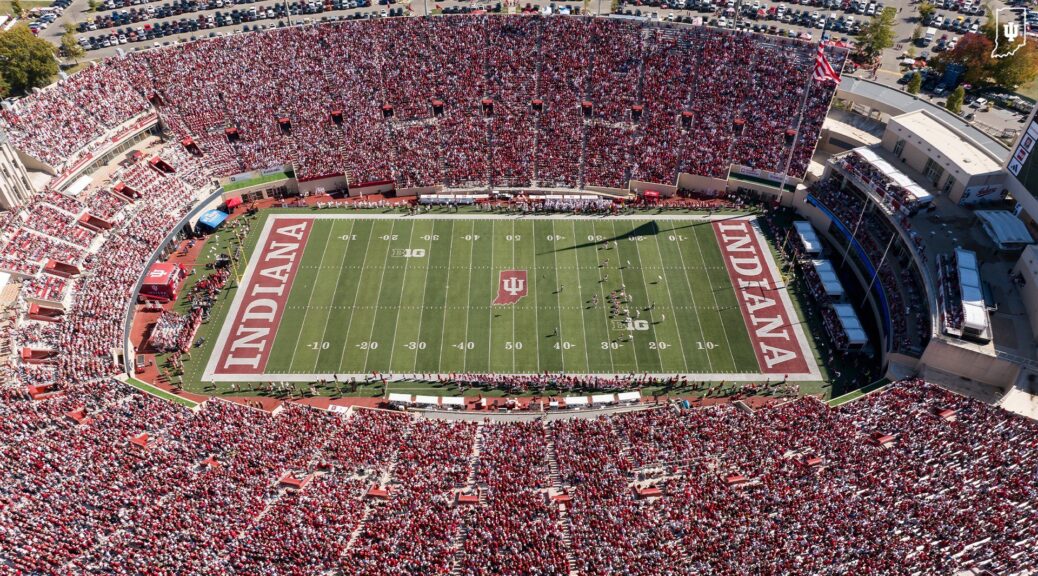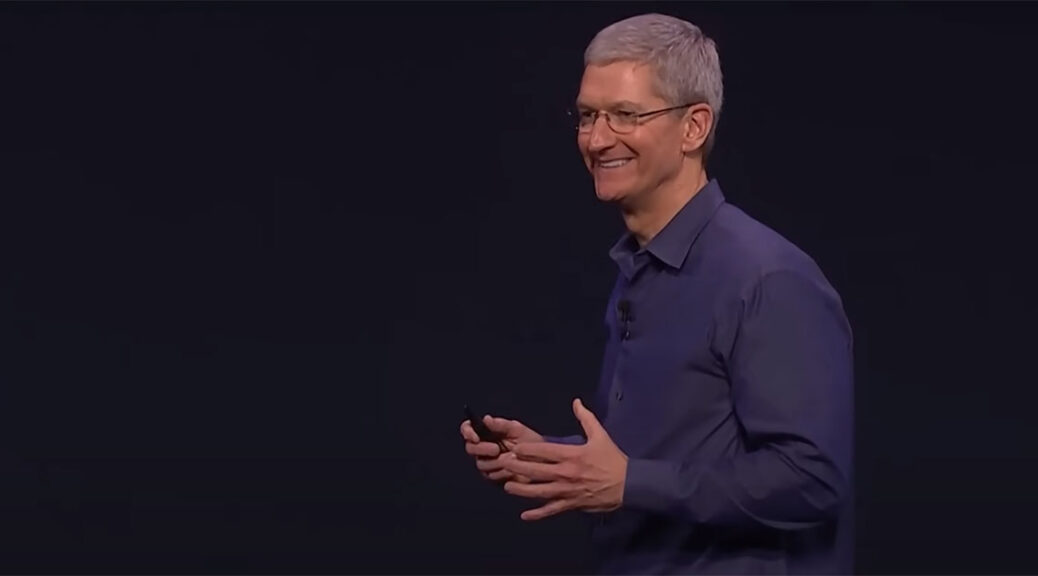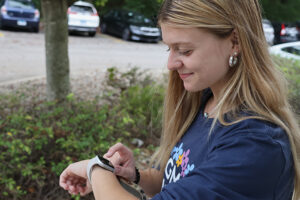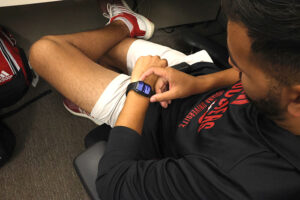NIL Decision Shifts Landscape of College Athletics
By Caitlin Murphy, Skylar Sutton and Jaycie Cress
BLOOMINGTON, Ind. (Nov. 5. 2024)
Crowds are gathered at Indiana Memorial Stadium, thousands of people are decked out in red and white face paint, and striped overalls. The stands have filled exponentially over the course of the football team’s undefeated 9-0 winning streak. Fans ranging from students and staff to alumni and fans from around the country fill in the stands in anticipation of seeing a good football game. Each person in these stands are expecting more from the football players than they have in years past. Because of this unexpected, undefeated winning streak, Indiana has become more popular in the sports industry and its athletes are gathering more prosperity and popularity than they have in the past.
Big Noon, Barstool and College Game Day arrive at Indiana University all in the same season, shocking college football fans from all over the country. Giving IU more recognition in the football world on social media, moving unsuspecting people to root for them and their strong efforts of working well as a team to have a good season. Raising the question: How are these athletes getting recognized for their accomplishments?
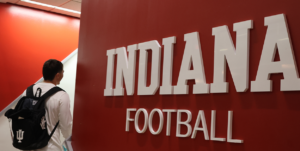
College athletes, for many years, were accustomed to getting scholarships to play their sport at specific schools that wanted them. The talent the recruiters saw was put in place to give the athletes money to play the sport for the school; making them better athletes. However, just a few years ago, the NCAA put out a new approach on how athletes should be able to handle their money.
In a transformative shift for college athletics, the Name, Image, and Likeness (NIL) agreement, set on July 1st, 2021, has revolutionized how college athletes monetize their personal brands, how it has shifted the strategy of recruitment, and how it has raised questions regarding the fairness of the sports. As the universities and NCAA adapt to this new reality, the landscape of college athletics is rapidly changing.

Just a few weeks ago Dr. Galen Clavio, director of the National Sports Journalism Center at Indiana University, conducted a “news conference” in the C250 lecture hall to provide information about NIL to hundreds of students. Clavio answered multiple questions from students who gained insight from an industry professional that provided the basics the students were grateful to hear. “IU is selling out games, not because they have a popular NIL base, or overly known players, it is simply because they have a good team,” Clavio said to the students.
While NIL is well regarded for most colleges and their athletes, not all are seen the same on the basis of distribution of money and the use put to the promotions of the athletes. Giving them more leeway into doing what they want with the money they get from NIL, providing a fan base of people who like the sponsorships they do or the commercials they are in, and leading people to buying tickets to their games. This pushes the focus of college athletics into a popularity contest with the promotions they can get from the money provided from playing for that particular school, rather than by just playing. Isaiah Jones, a redshirt sophomore linebacker at IU said, “[NIL] has made college athletics as close to professional sports as possible, because now players are getting played to play.” He explains how he chose Indiana from the beginning when the transfer portal wasn’t directly affecting him and most players. However, Jones explained, “The NIL will affect where players want to play, the portal, and how coaches recruit.”
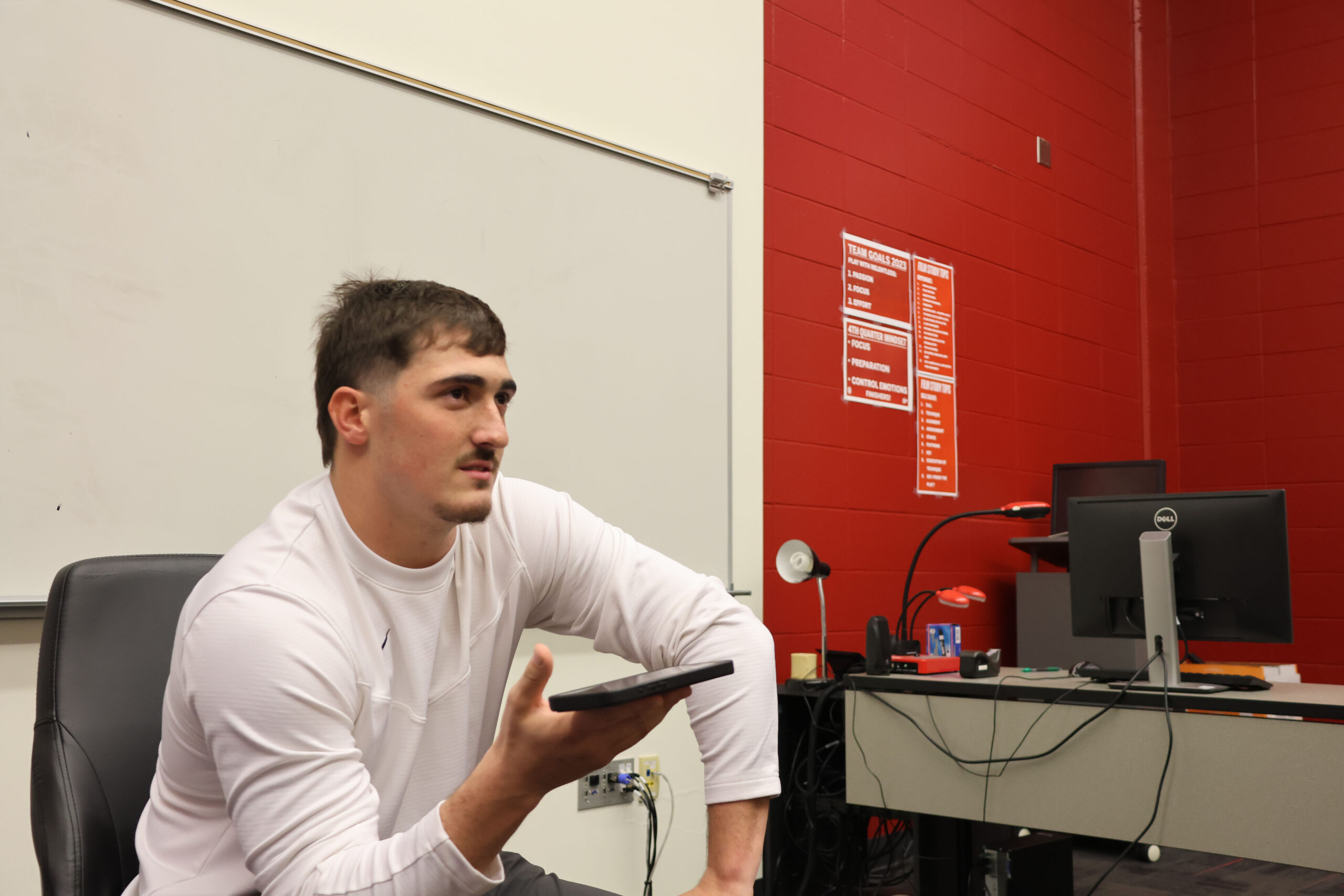
NIL has changed the way sports are played and viewed, shifting the landscape to something bigger and broader than just playing sports. Looking toward the future, while this is seen in more well-known colleges, the NIL is expanding and is subject to change as it grows within the realm of sports. Yet, this hasn’t been seen at smaller private schools such as Princeton, where the players do not get the same benefits for doing the same sports as the athletes at schools with NIL. But, there is still time for the NCAA’s decision to make its way over to them. Overall we have seen how this shift in the landscape of college athletics has prospered with the influx of deals and sponsorships and how this will continue to grow as different sports that were once underrated become more popular.
On October 20, 2024, Indiana University students shared their opinion on the NIL ruling. Past and present students were asked about what they know about NIL in general and how they think it will affect college athletes in the future.
###



